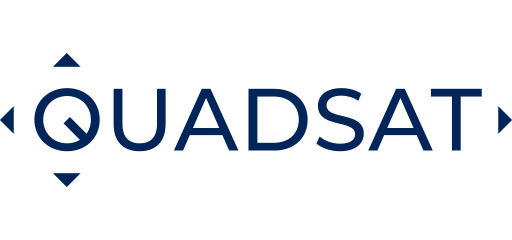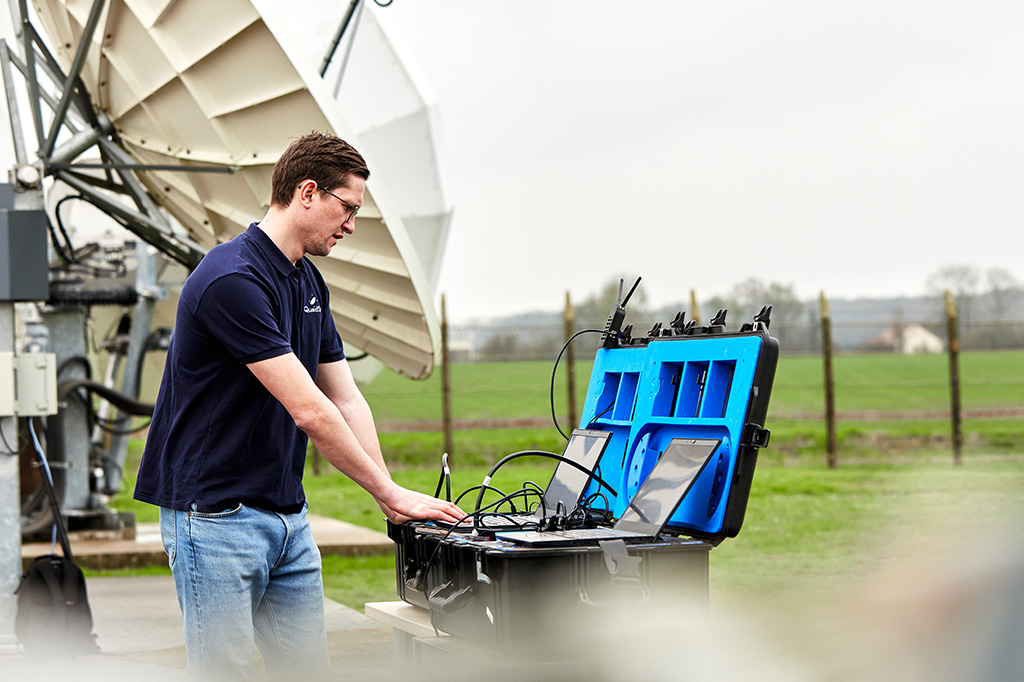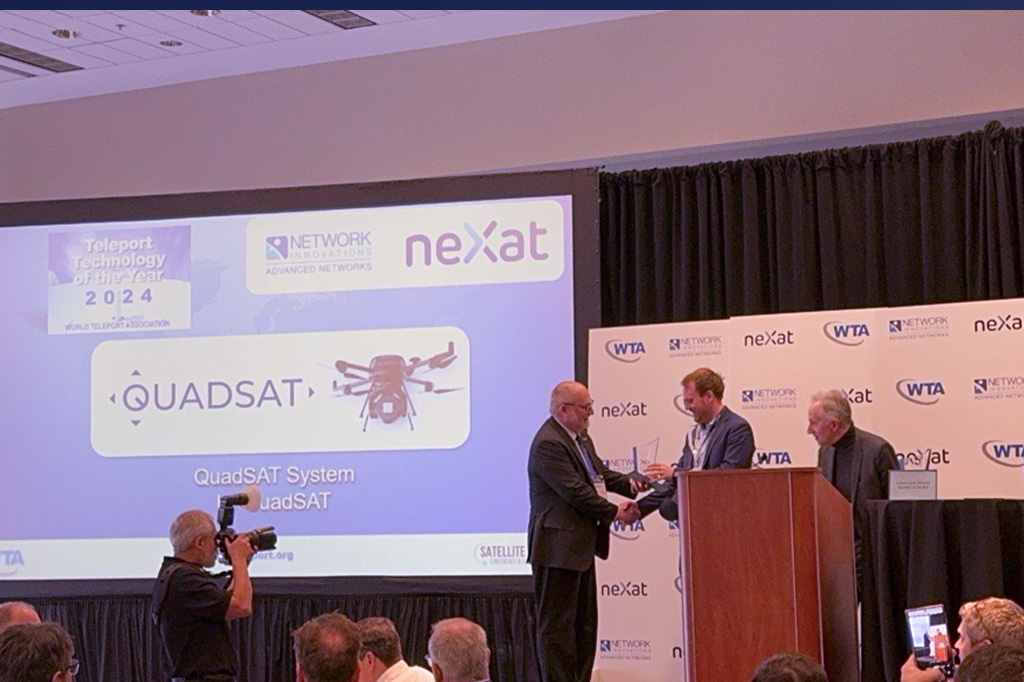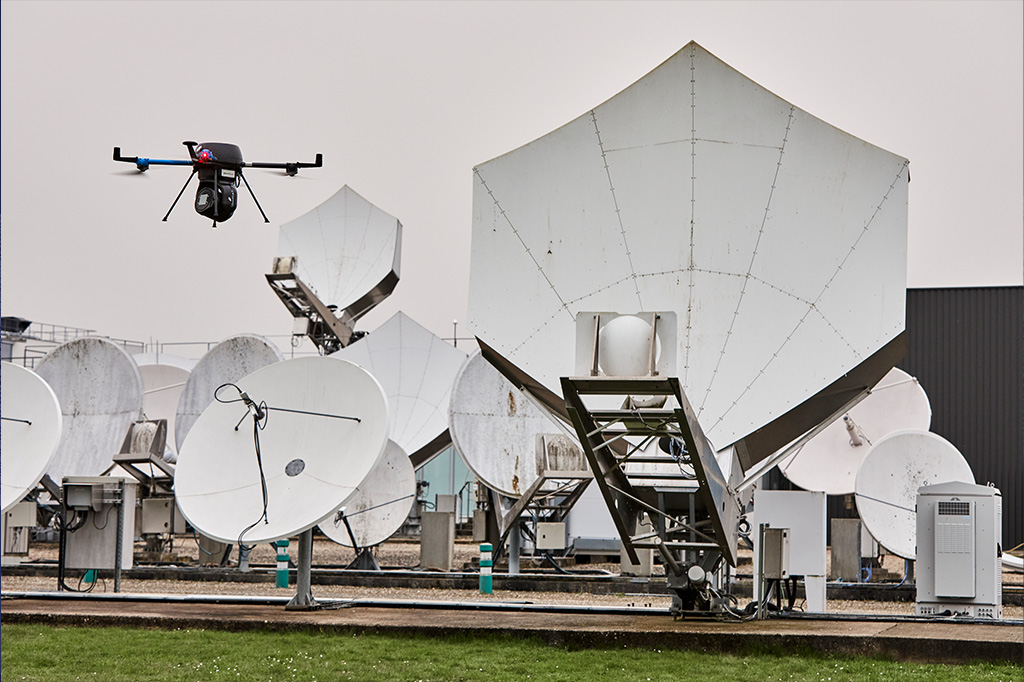I think most people would agree that testing antennas is absolutely critical to ensuring seamless satellite connectivity. It is only becoming even more important as we move towards an ever more crowded space environment. Antennas should of course be tested before operation but ideally also on an ongoing basis to ensure errors don’t occur. This can be challenging for any type of antenna, especially using more traditional testing methods.
As the size of the antenna increases, this becomes even more complex. Large antennas are relied upon for a number of important applications, including earth observation, deep space observation, radio astronomy, as well as broadcast and telecoms. Ensuring these antennas are working correctly is fundamental to the success of these types of missions, but current methods make it difficult and costly for operators and manufacturers to ensure a good level of testing can take place.
Up until now there have been three main options for testing large antennas:
1. On-orbit Testing
In this method, the test would use an available satellite segment to generate patterns for large satellite antennas. As a testing method, this works relatively well however it has a number of limitations.
Firstly, the frequency range available to test on can be limited as it depends on satellite capacity available in proximity to the antenna under test. With more and more demand for satellite connectivity, available capacity can anyone not always be feasible. This method also required a great deal of coordination with other earth stations as to make these measurements you need to measure the power levels on the other side of the link. This level of coordination means the test cannot simply be done on your own terms and timing and this often can delay launches.
Accuracy is also not always guaranteed and can vary greatly. In particular it is challenging to achieve the correct polarization settings, which makes it hard to achieve correct radiation diagram.
Unsurprisingly, given the level of coordination needed and the need to use a live satellite link, this method is extremely time consuming, which can often lead to launches being delayed.
2. Fixed RF beacons
The other option is to use fixed RF beacons to perform the tests. Unless these happen to already be in place, this generally involves building a large structure, which is both time consuming and expensive. Sometimes this can work with temporary structures, but that is generally difficult due to alignment issues at large distances. Getting the right experts in to construct it is critical but can prove to be logistically challenging. Bearing all that in mind, this is generally only worthwhile if tests are going to be carried out on a continual basis from that same location.
Even then, fixed RF beacons deliver very limited testing possibilities because of their fixed nature. As they cannot be moved, you are limited to whatever movements the antenna under test (AUT) is able to perform in the range surrounding the beacon. As this is on the ground, this also limits the scan angle. All of this means that you cannot have a full view of performance until the antenna is live and at that point, any problems can of course cause real errors for customers.
3. Celestial bodies
Another common method for testing large antennas is that of using celestial bodies, such as the sun, moon, or known bright radio sources. This works similarly to the other methods described but changing the source. While this can achieve good test results in the right circumstances, the number of usable sources is extremely limited. This is even more challenging for small antennas.
Of course, the other big challenge with celestial bodies is that their position and visibility depends on the time of year and tilt of the earth. Constellations are only visible in any given location at certain times of the year and for all of these the fluxes and sizes can fluctuate over time. Added to that, there is the propensity for atmospheric changes depending on location, which can vary the intensity of that source.
Can we make testing large antennas more feasible?
This is a question we asked ourselves. At QuadSAT, our main goal is to make testing more accessible without losing any of the quality. It was clear from the outset that bringing our testing solutions to a large antenna would be a challenge, but it was one we were keen to embrace.
Testing large antennas, and therefore over large distances, could cause potential dynamic range problems with higher losses than with smaller antennas. Also, the larger the distance, the more likely that there will be objects in the path which could limit the scan angle.
We realised that there were differences also depending on whether the antenna under test can move. If it can, then we could use the drone as a beacon. Although this has some of the limitations described with fixed RF beacons, it is certainly much more cost effective and of course can be moved to different places.
For antennas that cannot move, we realised there would be another challenge derived from the large distance and that is that the arc length increases with the distance. This means that a longer flight path would be needed to achieve the same angular range, thus increasing measurement time. When testing with drones you need to consider the limited battery life so prolonging the measurement time caused a potential challenge in this environment.
On a logistical level, flying at higher altitudes requires more permissions, a higher level of difficulty for the pilot, and comes with higher costs.
How did we solve it?
As with any of our tests, the key to success was planning. These are the important steps for tests of this type:
1. Do a detailed site survey
This is important for any test, but even more so when dealing with a large antenna. Having a proper view of the site means we can see first hand any potential challenges and obstructions.
2. Calculate power requirements
By calculating the required power and amplification, we are able to ensure an acceptable dynamic range.
3. Reduce the scan angle as much as possible
Keeping the scan angle to what is required and not going much above that, we can limit the necessary flight distance as much as possible without compromising the test.
4. Hotswap the battery
We prolong the battery life by performing battery hot swaps on the drone. This means we quickly land the drone mid-flight and swap the battery. Once done, the drone can quickly resume its flight and carry on with the measurement.
Our first successful campaign with a large antenna was working alongside teams from the European Space Agency’s ESOC mission control centre to complete a measurement campaign of large antennas at Kiruna Earth Station.
Measurements were taken in X-band and circular polarisation at a distance of almost 10 km from the antenna. In addition to pattern cuts, raster scans were performed to give a full view of the antennas’ performance. A raster scan delivers a full azimuth-over-elevation view of a portion of the radiation pattern, thus focusing on the overall radiation characteristics of the antenna and ensuring no impact from reflections in the landscape, water, or surrounding buildings, among other diagnostics.
Following on from that, we worked with Oxford Space Systems to test its innovative Cassegrain reflector antenna. With very few facilities available that can accommodate such a large antenna for RF testing measurement, Oxford Space Systems engaged QuadSAT to overcome the challenges of testing such a large reflector diameter.
While it is clear that testing large antennas will still need careful planning and detailed site surveys, these campaigns have proven it is possible to perform high quality tests of these types of antennas using our drone-based system. Given the complexity and cost of existing methods for large antennas, we are excited by the potential to support quality assurance and improve reliability.
We will be heading to Space-comm on 7th and 8th September. Book a meeting with us there to find out more about our testing capabilities.



